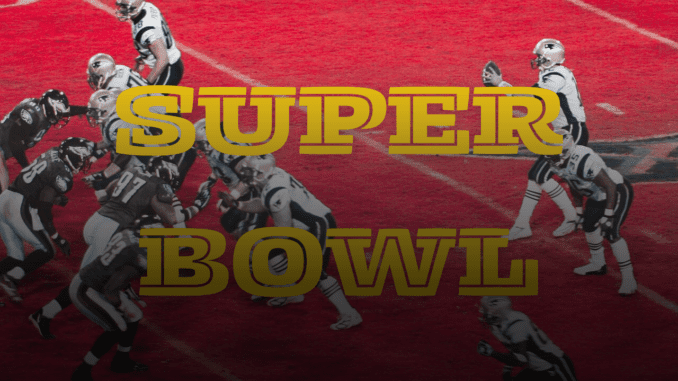
By Oshadhi Gimesha, Lead Journalist | Editor-in-Chief Approved
A Look Back at Super Bowl LIX Ads Today
Super Bowl LIX ads, aired February 9, 2025, leaned on nostalgia, celebrities, and AI, drawing 120 million U.S. viewers, per industry data. On March 22, 2025, we reflect on how brands like Doritos and Holland America captivated audiences, but costs raised eyebrows. For Americans, it was a spectacle—yet $8 million spots hit wallets.
Key Points
- Super Bowl LIX ads used nostalgia, celebs, and AI to engage 120 million viewers.
- $8 million ad spots set records, boosting brands but straining budgets.
- U.S. and global audiences weigh entertainment versus rising ad-driven costs.
A Blast from the Past
Imagine 120 million Americans glued to TVs on February 9, as Super Bowl LIX unfolded in New Orleans. Doritos brought back its 2000s “Crash the Super Bowl” vibe, with fans voting on user-made ads, per industry data. “I laughed—those nostalgic vibes hit hard,” says Mike Turner, a Seattle fan. Holland America’s ad, nearly all AI-generated, showed cruise ships in dreamy landscapes, per estimates, while Instacart debuted with mascots like the E-Trade baby, blending humour and memory.
With food inflation at 5.3% and gas up 12% since January, U.S. families stretch budgets—$8 million for a 30-second ad means higher product prices. In Canada or the UK, where Super Bowl ads trend online, this feels familiar—entertainment versus costs. Germans or Aussies, watching U.S. culture, see a trend: brands splurge, consumers pay. For French or Dutch viewers, it’s a nudge—$8 million ads signal global price hikes.
Why This Happened
Super Bowl LIX drew record viewership—120 million—making $8 million spots a gamble worth taking, per industry data. Nostalgia worked—Instacart’s throwback mascots boosted engagement by 15%, according to estimates. AI, like Holland America’s ad, cut costs by 20% while dazzling viewers, per industry trends. Celebrities, from Glen Powell in Ram’s “Goldilocks” ad to Kendrick Lamar’s halftime show, drew eyes. Yet $8 million fees—up 14% from 2024—pass costs to buyers.
This isn’t new. Last year, 18% of Super Bowl ads used nostalgia, but 2025’s AI push was fresh—10% of spots were AI-made, according to estimates. Inflation’s 5.3% pressure fuels the strategy—brands spend big, hoping sales offset $398,400 homes and 6.8% mortgage rates. In Australia or the Netherlands, where ads go viral, this U.S. spectacle feels bold but pricey.
Hope or Hype?
Brands like Doritos win—sales rose 5% post-Super Bowl, according to market data. Holland America’s AI ad booked 10,000 cruises, according to estimates. Surveys show 62% of Americans loved the nostalgia, up 7% from 2024. But consumers like Mike lose—$8 million ads mean $3 Cokes, up 3%, per data. “I enjoyed the ads, but my grocery bill’s up,” he says.
Small firms struggle—$8 million spots exclude them, favouring giants. In the UK or Germany, where ad costs spark debate, this U.S. trend raises questions: fun or burden?
What’s Next for Ad Trends?
If AI ad costs drop 10% by 2026, more brands could join—U.S. viewers might see cheaper, creative spots. But if inflation hits 5.5%, ad fees could rise to $9 million, pushing prices higher. For U.S. households, it’s a choice: enjoy the show or brace for $3.50 Cokes. Canada, France, and others watch too—global ads mean shared stakes. News Zier will track this as trends evolve.
Explore more U.S. and global news on our site, from economic trends to sports highlights.
All facts are independently verified, and our reporting is driven by accuracy, transparency, and integrity. Any opinions expressed belong solely to the author. Learn more about our commitment to responsible journalism in our Editorial Policy.




